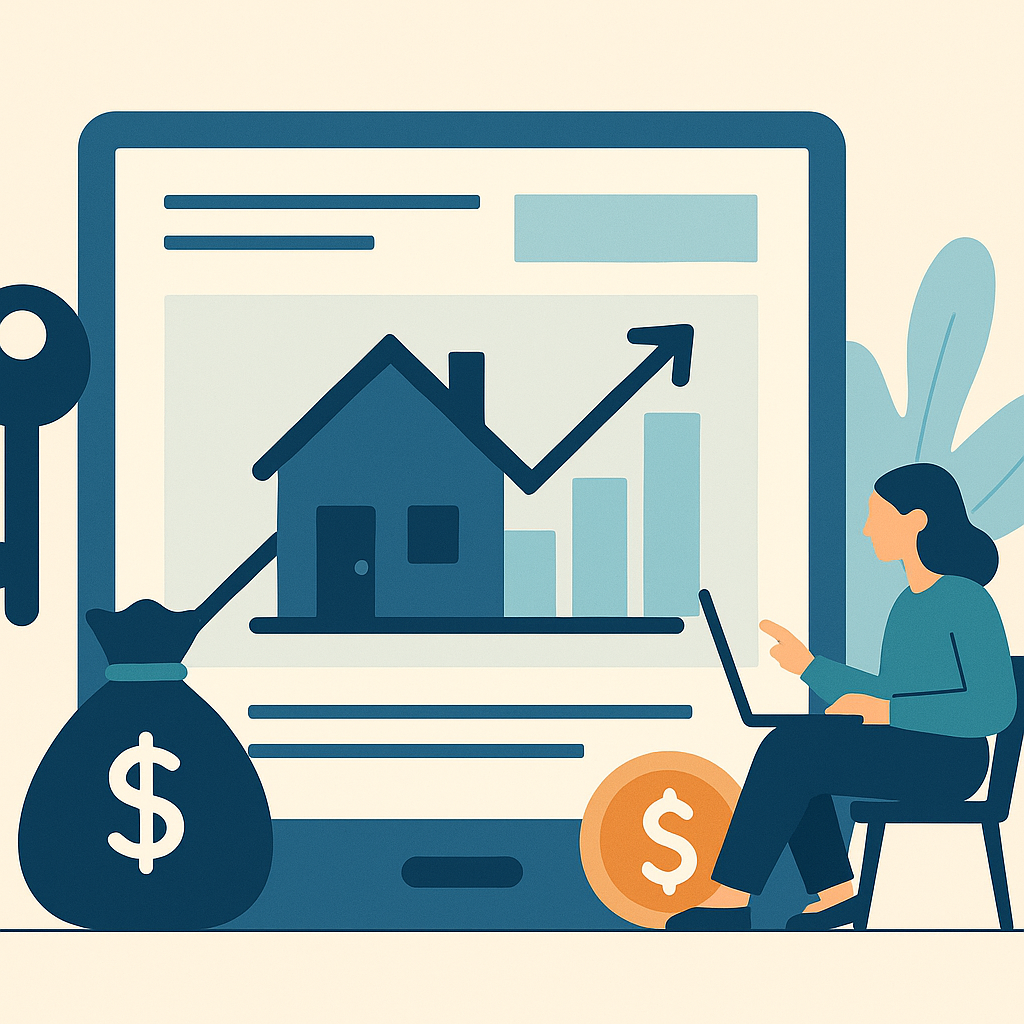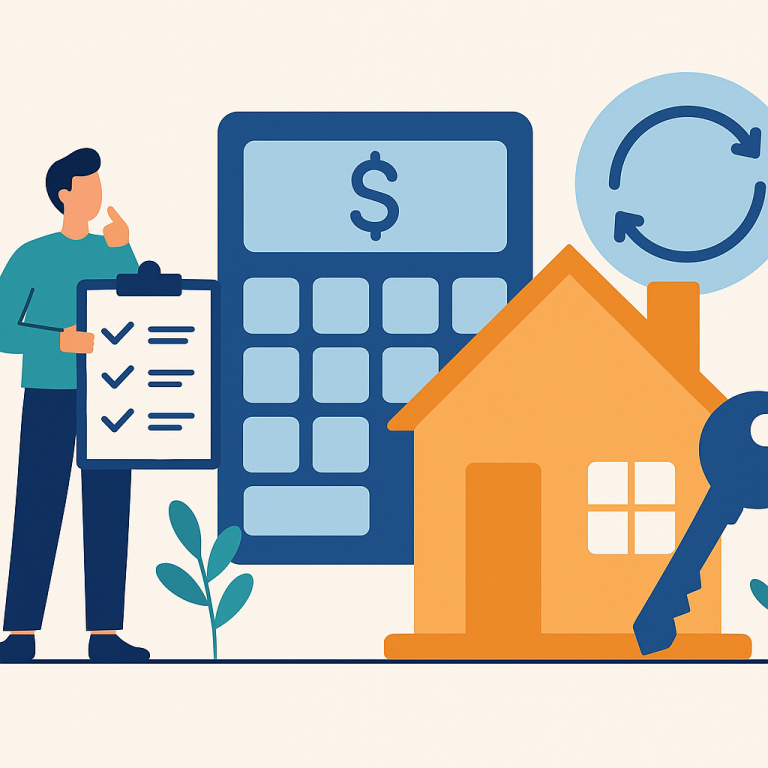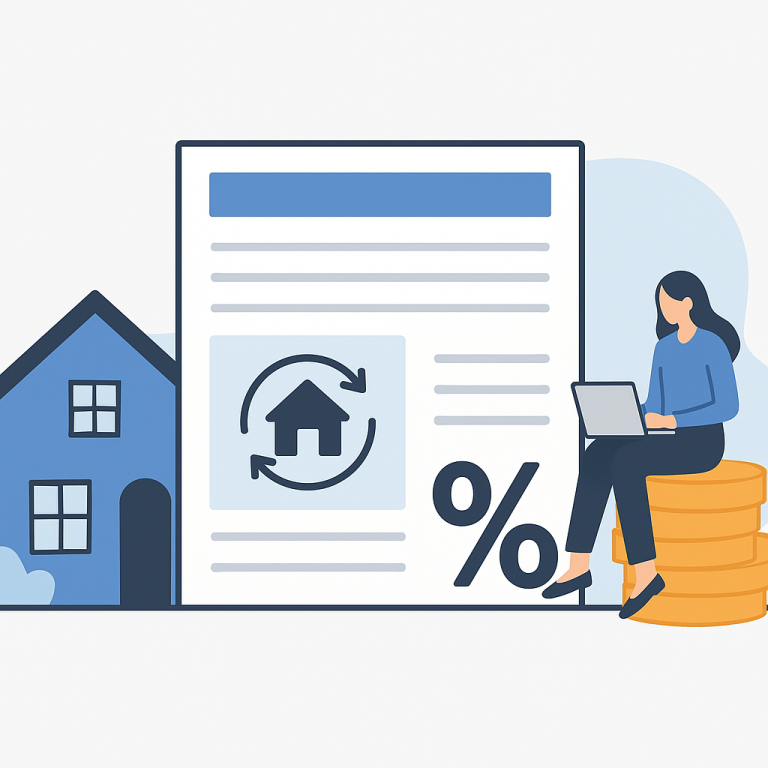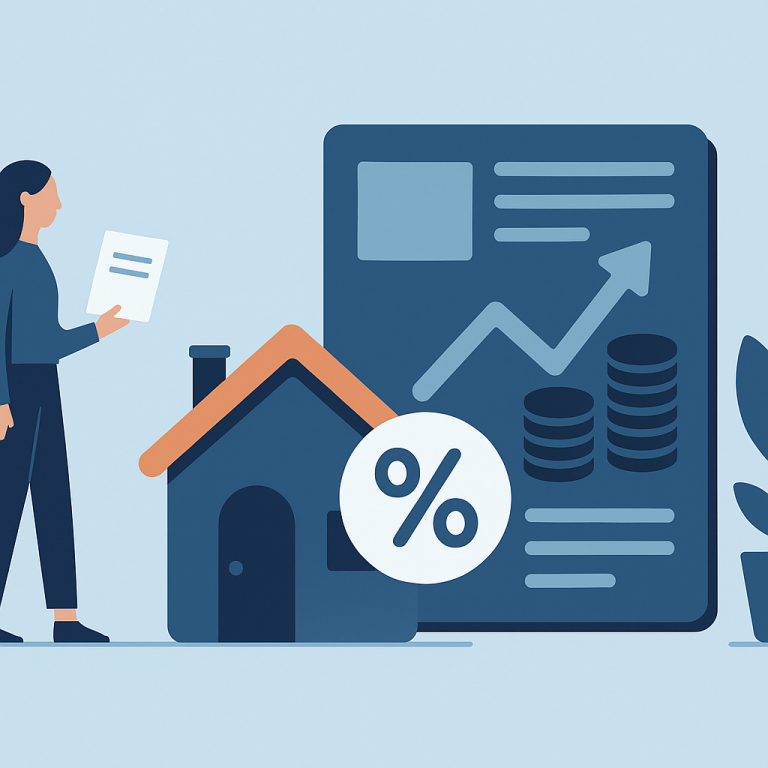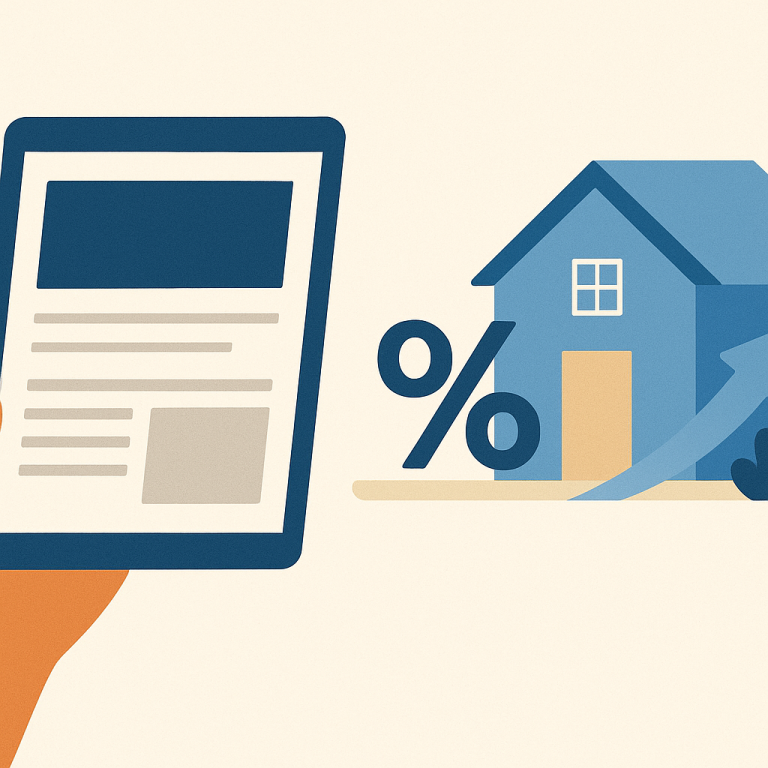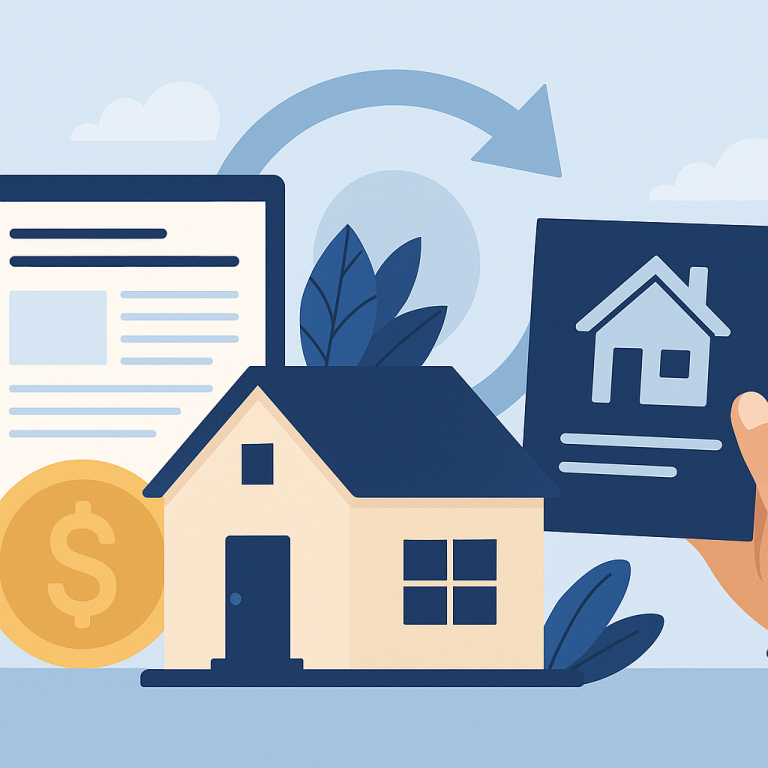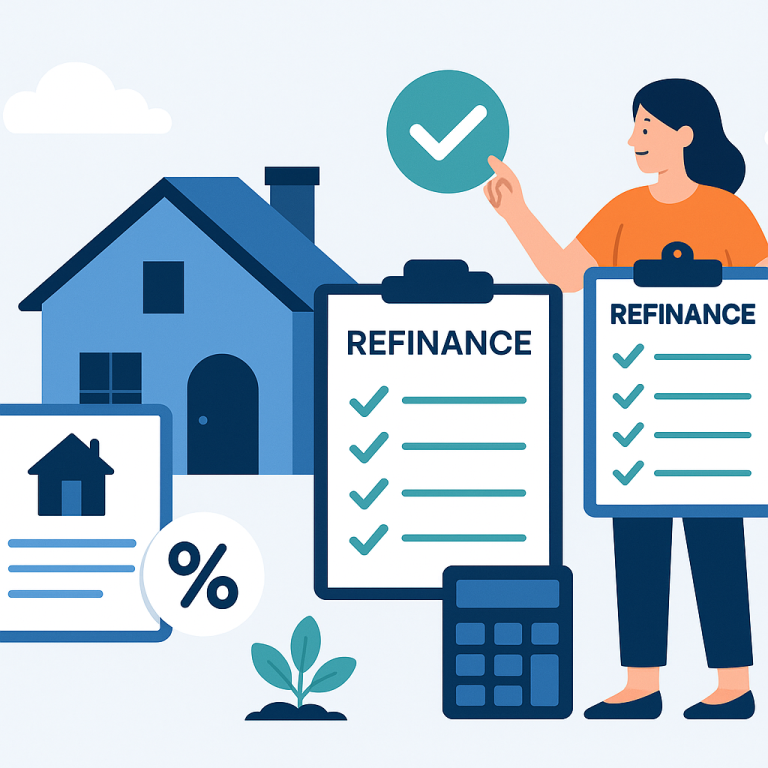30-Year Fixed Mortgage Rate Drops to 5.25%, Refinance Applications Surge 18%
At a glance: The latest mortgage rate drop and how it could affect refinancing decisions.
Mortgage rates have moved lower. That can improve affordability and may reopen refinance options for borrowers whose current rate is above today’s quotes.
What the Rate Drop Means for Borrowers
Refinancing activity is evolving as homeowners reassess options in light of growing home equity and a mortgage rate environment that has shown periods of stabilization. Rather than a broad surge in rate-and-term refinances, lenders and industry observers report increased interest in cash‑out refinancing and targeted strategies that use home equity to achieve specific financial goals.
Homeowners with substantial equity are more frequently considering cash‑out refinances to consolidate higher‑cost debt, fund home improvements, or build liquid reserves. At the same time, homeowners who previously delayed refinancing while rates fluctuated are watching for clearer signals before pursuing a traditional rate-and-term refinance that shortens the loan duration or lowers monthly payments.
Why the Shift Is Occurring
Several market dynamics are shaping refinance decisions. Rising home values over recent years have increased equity cushions for many borrowers, creating an opportunity to tap value without taking on a new mortgage product. Lenders have responded by offering more flexible cash‑out options and promotional pricing for borrowers with higher loan-to-value profiles.
Additionally, the perception of rate stability—rather than a rapid downward trend—has encouraged homeowners to prioritize transactions that deliver immediate, tangible benefits such as debt consolidation or funding for repairs. Those benefits can outweigh the narrower savings that a modest rate reduction would provide.
Practical Considerations Before Refinancing
Choosing the right refinancing path depends on individual circumstances. Cash‑out refinancing increases loan principal and may extend the time interest accrues, so borrowers should weigh the purpose of the funds against long-term costs. Rate-and-term refinances can lower monthly payments or shorten remaining terms, but closing costs and the timeline to break even should factor into the decision.
Lenders evaluate credit profiles, equity levels, and debt-to-income ratios when pricing refinance offers. Homeowners with strong credit and lower balances relative to home value generally have access to the most competitive products. It remains important to compare offers from multiple lenders and to read loan estimates carefully to understand fees, rates, and potential prepayment penalties.
Homeowner Takeaways
- Assess equity realistically: confirm current home value and existing loan balance to determine how much cash can be accessed without compromising future flexibility.
- Define the purpose of the refinance: prioritize uses that offer economic value—such as paying down high-interest consumer debt or making productivity-enhancing home improvements—over discretionary spending.
- Calculate the break-even point: include closing costs and any changes to loan term to estimate how long it will take for expected savings or benefits to offset upfront expenses.
- Shop multiple lenders: compare interest rates, closing costs, and loan features including the ability to make extra payments or avoid prepayment penalties.
- Consider tax and long-term implications: refinancing to access cash may change deductible interest treatment and will typically extend the repayment timeline, affecting overall interest paid.
- Consult timing and market outlook: if rates are stable, prioritize the transaction that best meets financial goals rather than chasing marginal rate moves.
Refinancing decisions are increasingly individualized as homeowners balance the advantages of tapping equity with the long-term costs of larger loans. A measured approach—grounded in clear objectives, careful comparison of offers, and realistic break-even analysis—will help homeowners choose the refinance option that aligns with their financial priorities.
META: refinancing trends, cash-out refinance, homeowner takeaways

